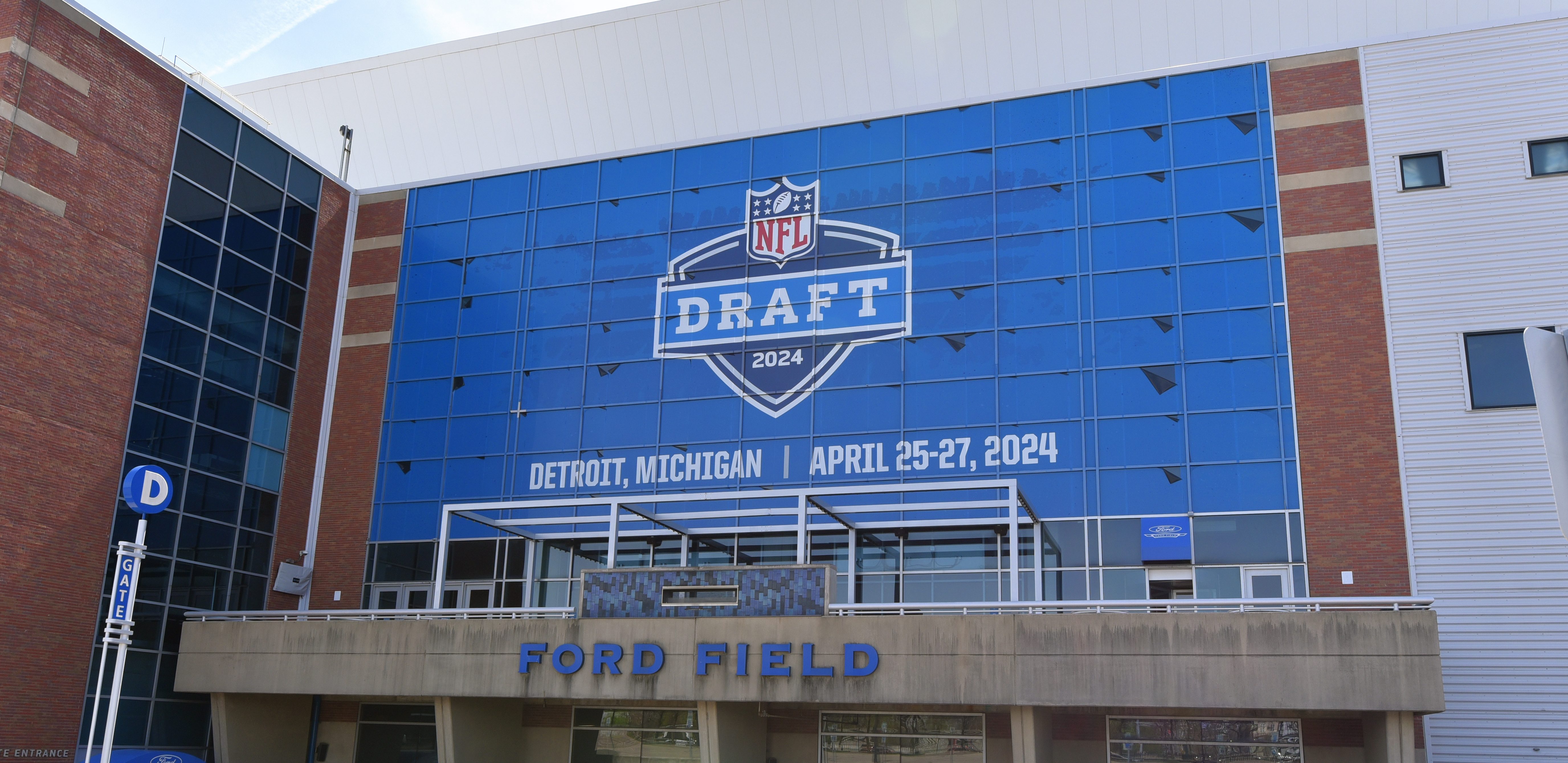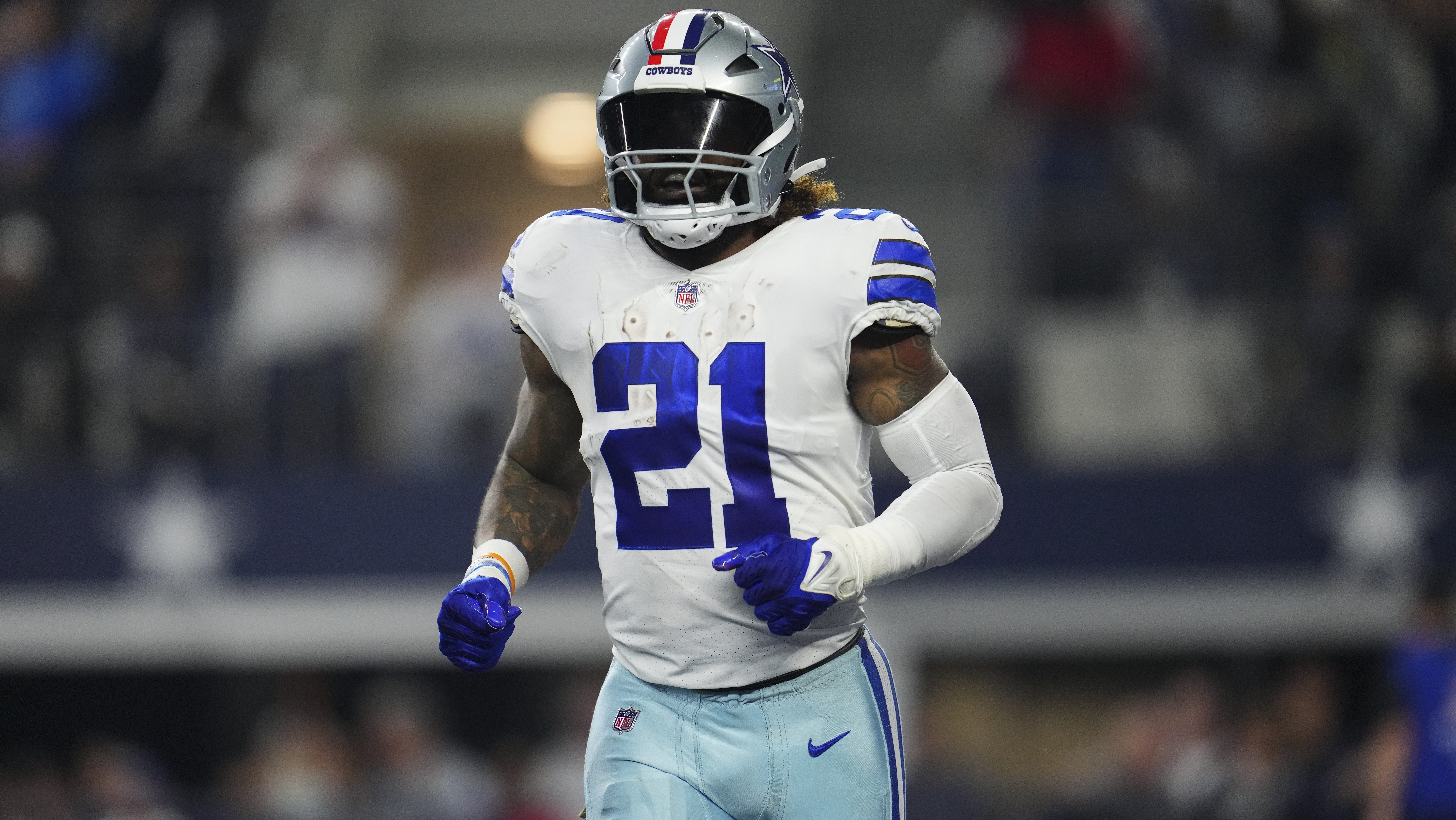
The popular focus of the Bears offseason has been on a new offensive coaching staff phasing in a radically different system and playbook, integrating new “weapons” brought other teams and other schemes, and fusing them all together around a trigger/detonator in the person of quarterback Mitch Trubisky.
More than any of that, however, is Trubisky himself, the real linchpin “weapon.” All of the offseason additions, beginning with coaching staff, projects to make only marginal more impact than Dowell Loggains, Josh Bellamy, Dontrelle Inman and Kendall Wright if Trubisky himself is not much, much better than he was last season.
In three primary areas.
Stay in the game with the latest updates on your beloved Chicago sports teams! Sign up here for our All Access Daily newsletter.
In figure skating and diving, the obligatory must-do’s were called “compulsories” – basic skills at which competitors were required to demonstrate proficiency. For Trubisky, improvements in three specific compulsories are the keys to this young quarterback’s development.
Trubisky is in his own molten state, still a raw, largely unknown with fewer NFL starts (12) than all but four projected starting quarterbacks (Jimmy Garoppolo, Pat Mahomes, AJ McCarron, Deshaun Watson) for 2018, but the poorest record (4-8) of any other anticipated starter, those four included. “Work in progress” is an understatement.
The Trubisky “installation” is in fact massive. Beyond the specifics of scheme, RPO’s and all the rest, Trubisky will go to training camp with precious little shared game experience with virtually any of his chief so-called weapons. Trey Burton, Taylor Gabriel and Allen Robinson weren’t Bears last year. Kevin White worked chiefly with Mike Glennon and the No. 1 offense while Trubisky was primarily with the 2’s. Anthony Miller was in Memphis.
But the Trubisky developmental group – coach Matt Nagy, coordinator Mark Helfrich, quarterbacks coach Dave Ragone, backup Chase Daniel – has three chief points of attention with what was drafted to be the foundation of the franchise:
NFL
Rediscover accuracy
For all of the positives coming out of his abbreviated rookie season, Trubisky completed just 59.4 percent of his passes – not good enough for an offense based in significant part on ball control with the pass. Substandard receivers account for some of the accuracy issues for a quarterback who completed 68 percent in his one year as a college starter. But Mike Glennon completed two-thirds (66.4 percent) of his throws in his four games throwing to largely the same group.
More to a larger point, the Bears were 2-4 when Trubisky completed less than 60 percent of his throws. His completion rate is nothing short of pivotal in keeping possessions sets of downs and entire possessions on schedule, converting third downs and resting his defense.
Nagy dialed back the offense at one point during OTA’s, Trubisky played faster “and you saw completions out there,” Nagy said, “and that's what it's all about.”
Only the Carolina Panthers reached the playoffs with a quarterback (Cam Newton) completing less than 60 percent of his passes. Slightly better statistically, Philadelphia quarterback Carson Wentz (60.2) was leading the MVP discussion before a season-ending knee injury, and Blake Bortles (60.2) had Jacksonville a fourth-quarter away from the Super Bowl. But the Eagles and Jaguars were top-five in both scoring offense and scoring defense. And Nick Foles got the Eagles to a Lombardi Trophy completing 72.6 percent in the postseason filling in for Wentz.
Tom Brady completed 63.9 percent as a rookie and never below 60 percent in 17 years as a starter. Aaron Rodgers, never below 60 percent in 10 years as a starter. Drew Brees, 15 of his 16 seasons at 60-plus, including the last 14 straight. Ben Roethlisberger, 12 of 14 seasons at 60-plus percent. Peyton Manning, 15 of his 17 seasons at 60-plus percent. Those five account for 17 Super Bowl appearances.
Trubisky was drafted to be that echelon of quarterback. Reaching that level begins with completing passes.
Stay the ball-security course
Trubisky may not have been dominant in any area as a rookie, but he bought into the emphasis placed on ball security by John Fox and coordinator Dowell Loggains. He ranked 12th with a very respectable 2.1-percent interception rate. Of the 11 passers rated ahead of him, only Jacoby Brisset in Indianapolis failed to get his team to .500, and eight of those 11 were in the playoffs. Ball security matters.
And it is something to watch through training camp and preseason. Adam Gase made ball security the No. 1 objective with Jay Cutler when Gase arrived in 2015. Cutler went a dozen straight practices and his 33-pass preseason without throwing an interception. The carryover was obvious; Cutler had the best season (92.3) and second-best interception rate of his career in 2015.
The same is expected, and needed, from Trubisky for the new offense, and the “old” defense, to work.
“He had, I think was a three-to-one or maybe even a four-to-one touchdown to interception ratio in college,” Helfrich said. “That works. That’s a good thing. We need to continue that. We can’t put the defense in a bad situation, our team in a situation, because there’s times in the NFL they’re going to get you and I think a quarterback kind of has that innate ability to take care of the football versus turning it over when he, for lack of a better word, panics.”
Trubisky lost two fumbles in the span of 12 games. Very respectable and a strong starting point for his year two.
Get the ball off on time
Trubisky in 2017 tied for fourth in percentage of pass plays sacked (8.6), a problem that might be laid at the feet of an offensive line forced by injuries into seven different starting-five combinations. Might, but far from entirely.
Nagy’s passing offense is rooted in timing. Receivers during practices have precision drilled into them, meaning being exactly where they’re supposed to be at precisely the instant they’re supposed to be there. Trubisky’s tutoring has stressed plays being on time.
Only the Buffalo Bills reached the playoffs with a quarterback (Tyrod Taylor, 9.9) taking sacks at a rate higher than 6.6 percent. Alex Smith went down at a rate of 6.5 percent running the Kansas City offense under Nagy and coach Andy Reid.
Trubisky’s mobility is an obvious asset for extending plays. But getting the ball out of his hands is the goal, and his decision-making and execution will be key in how long his line has to sustain blocks. Trubisky early on evinced a grasp of balancing the reward of rescuing a play under pressure against the risk of taking a sack.
“Ball security is very important so I'm just trying to take care of the football,” Trubisky said not long after taking over for Glennon last season. “But at the same time you want to stay aggressive and you could say the sacks are a result of that.”


